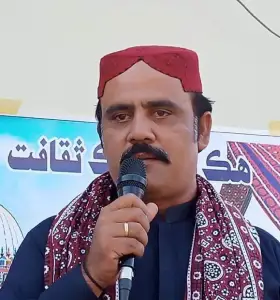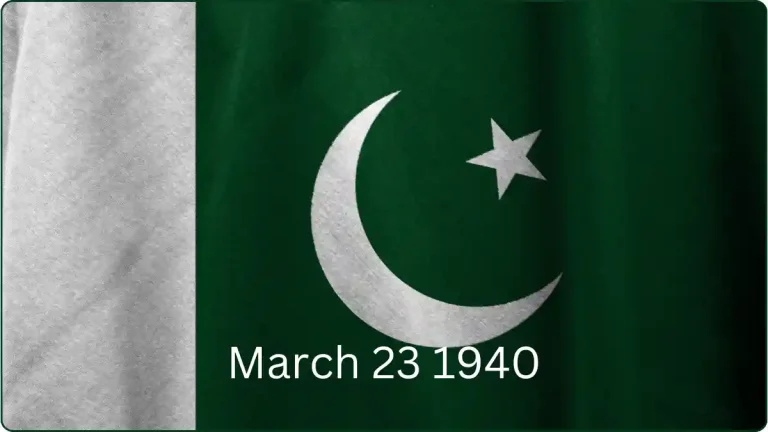Ajrak Sindhi Topi
The celebration of Ajrak Sindhi Topi in Sindh Pakistan
Ajrak Sindhi Topi Day is a unique event celebrated in Pakistan every year in December to promote the rich culture of the Sindh province
This event is also Ekta Day which is celebrated with great enthusiasm and fervor by the Sindhi people, children, women, and men all over Pakistan. It is an opportunity to showcase the cultural heritage of Sindh and promote it worldwide.



The Sindhi Topi and Ajrak are two essential elements of the Sindhi traditional attire, and they represent the unique cultural identity of the Sindhi people. The Sindhi Topi is a cap made of cotton and wool, with exquisite embroidery and embellishments, while the Ajrak is a block-printed shawl or scarf, with intricate geometric patterns and natural dyes.
The origins of the Ajrak can be traced back to the Indus Valley Civilization, which flourished in the region over 5000 years ago. The Ajrak has been a symbol of Sindhi culture and identity for centuries, and it is worn on special occasions, such as weddings, festivals, and religious ceremonies.
The Sindhi Topi, on the other hand, was introduced in the early 19th century by the British colonial administration in Sindh. The cap was initially worn by the British soldiers and was later adopted by the Sindhi people, who added their own embroidery and designs to it. The Sindhi Topi has since become an essential part of the Sindhi cultural identity.
Ajrak Sindhi Topi Day is not only a celebration of Sindhi culture but also an opportunity to promote unity and diversity in Pakistan. The event brings together people from different backgrounds and regions of Pakistan and promotes cultural exchange and understanding.
The day is celebrated with various cultural activities, including musical performances, dance shows, food stalls, and art exhibitions. The event also features a competition for the best Ajrak and Topi designs, which attracts many participants and spectators.
Moen Jo Daro, an ancient city located in the Sindh province, is a symbol of the rich cultural heritage of the Sindhi people. The city’s ruins reveal a sophisticated urban planning system, art, architecture, pottery, and jewelry that reflect the creativity and skill of its people over 5000 years ago.







